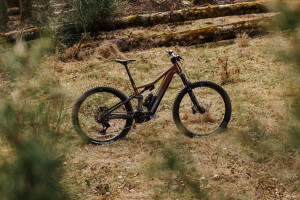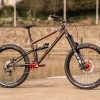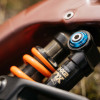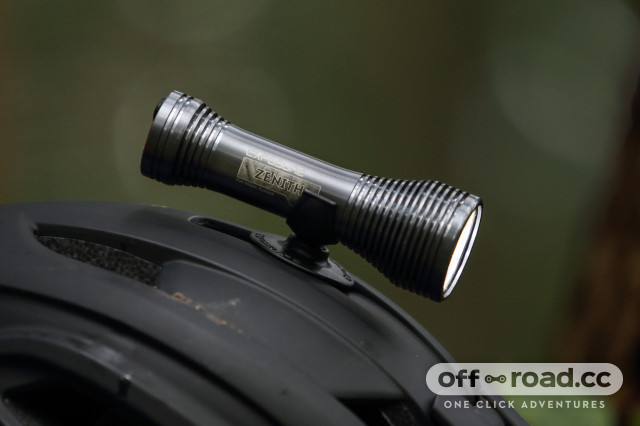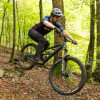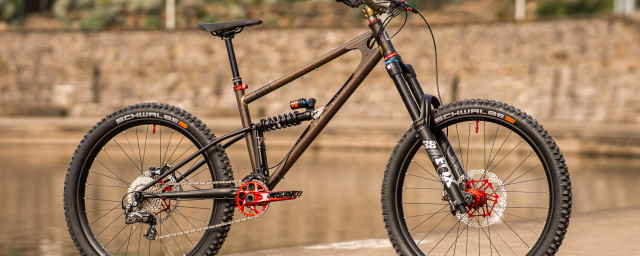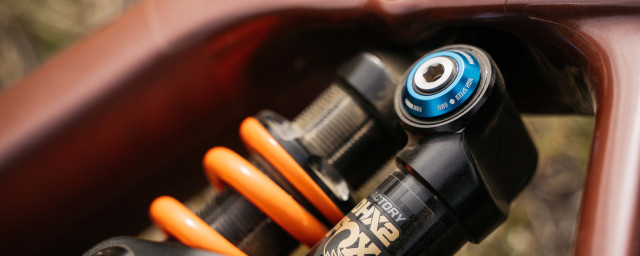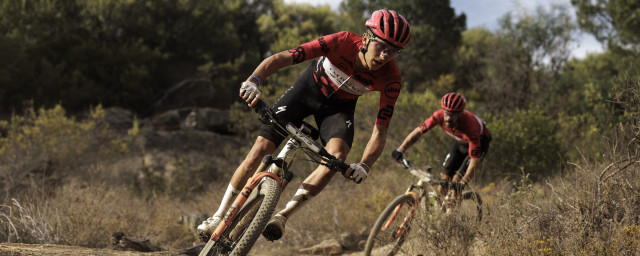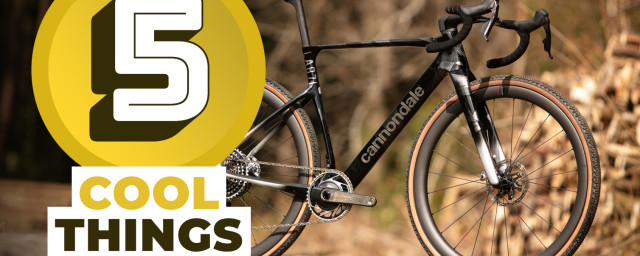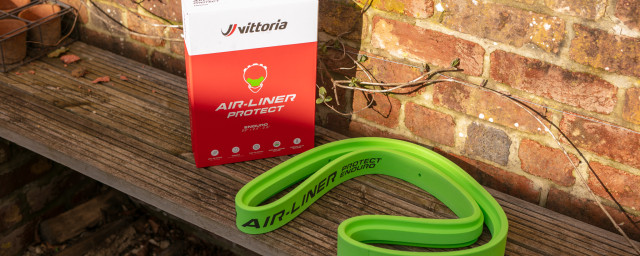Best mountain bike lights 2025 - top-rated lights for night riding
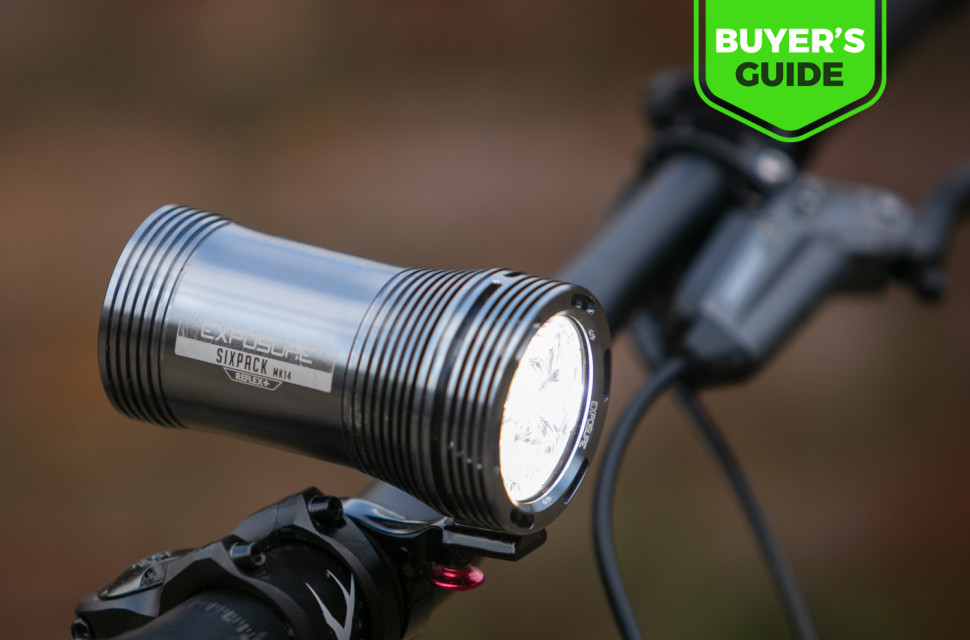
The best way to get more bike time during the winter is to strap on a bunch of lights and get out for a late afternoon ride and carry on into the night. The market is filled with mountain bike light options and all of them have specific features, so it can be a bit of a minefield when shopping for the best MTB lights – particularly if you don't what you're looking for. Fret not, because we've got you covered with the best lights we've tested.
Best mountain bike lights
- USE Exposure Sixpack MK14
- Magicshine Monteer 6500S V2.0
- Lumicycle Apogee Extender Pack
- Magicshine Monteer 8000S
- USE Exposure Zenith MK2
- Moon Canopus
- Gloworm XSV
USE Exposure Sixpack MK14
£495
The USE Exposure Sixpack MK14 might be one of the more expensive offerings around but few are as feature-rich and as capable. Now, with a higher lumen count achieved through making the circuitry more efficient, the Sixpack is better than ever. This light benefits from all of the features we're used to seeing from Exposure, including 12 programs and its fancy AI-lead Reflex+ technology that adjusts the beam's power to the speed and gradient that you're riding.
If its host of features isn't enough, a real selling point is that its battery is integrated into the light, so you don't need to be strapping power packs onto your bike. It's also sturdily built from 6063 aluminium. That battery promises up to 36 hours of burn time and all of the mounting hardware you need is included in the box.
If you've got deep pockets and after only the best, read our USE Exposure Sixpack MK14 review for more details.
Magicshine Monteer 6500S V2.0
£300
Magicshine offers its Monteer light in many lumen outputs, but here we have it in its 6500-lumen output model. A single button is used to flick through its several output modes and that very button changes colour to indicate how much power is left in the battery. It promises at least 2.5 hours of burn time at full power and up to 14 hours in its lowest setting.
This light relies on an external power pack but our tester found that the light's hybrid beam produced a balanced spread and excellent definition of trail features. But if we were to moan, it would be great to see some kind of power mode indicator, because we sometimes got lost while scrolling through.
For more details, check out the Magicshine Monteer 6500S V2.0 light review.
Lumicycle Apogee Extender Pack
£200
We liked Lumicycles' Apogee because it offers an awesome battery life and good projection. It's also easy to use and install. It outputs up to 4500 lumens and it runs off of an external battery pack. We tested it with the 6800mAh battery pack, which claims a stonking 13-hour run time in Boost mode.
Modes are scrolled using a switch at the back and its beam is projected through the use of CREE XPL LEDs. These should launch the light up to 100 metres ahead.
What's unique to this light is that it's coloured to enhance the greens of the forest which should result in greater detail compared to standard LEDs.
If you would like more details on this UK-made front light, read our Lumicycle Apogee Extender Pack front light review.
Magicshine Monteer 8000S
£390
The Magicshine Monteer 8000S offers an almost class-leading (only beaten by the Monteer 12000) lumen output, coming with the capability of blasting a full 8000 lumens out into the trail ahead.
This light is practically built using two levels, a lower and an upper with illumination duties being split between five CREE XHIP 50.2 LEDs. These two levels offer a spot and a flood light that can be switched between and chosen on the fly. They can also be combined to achieve that huge lumen count. Magicshine promises a 315m maximum beam distance with 25000CD beam intensity.
Granting easy switching between each of the Monteer 8000S's settings is done through the use of a 2.5G remote that can connect to the light with a five-meter range. It's then powered by a 10,000mAh external battery that benefits from USB-C charging and it can be used as a powerbank.
Read our Magicshine Monteer 8000S Galaxy V2 front light review to find out more about how it performs.
USE Exposure Zenith MK2
£295
Much like the Sixpack above, USE Exposure's Zenith MK2 light is another high-quality offering from that brand that uses a very similar 6063 aluminium build. Even though it's small, it's nothing short of mighty with its 2,100-lumen count and integrated battery all of which make it an ideal choice for a helmet-mounted light.
Its lumens are shot out from three white XPL2(W3) bulbs and its lithium-ion battery has a 5,000mAh capacity that offers up to 18 hours of burn time. The Zenith is stacked with nine programs that are scrolled using the single button at the rear of the light that offers a choice of run times and outputs. What's extra cool is that this light has a super fancy tap feature, allowing the user to simply tap the light to scroll through output options.
As for the beam, it's very well shaped with a large central hot spot that throws light far down into the trail which tapers out towards the edges. The colour of the light is a little cooler than daylight.
For our full verdict, read our USE Exposure Zenith MK2 front light review.
Moon Canopus
£295
The Moon Canopus comes with mounts for both a bar and a helmet. Although it can feel a little weighty when fixed to a helmet, we liked it for its great build quality, ease of use and long-lasting battery.
Max lumen output is 4,000 and can either emit a flood light at 17-degrees or a spotlight at 105-degrees. A special trick up its sleeve is that users can adjust its colour temperature on the fly, choosing a warmer colour for foggy conditions and a cool colour for when the air is clear. These can also be combined. All of its modes are controlled via a wired handlebar remote.
Its stellar build quality comes as a result of CNC machining, with a heatsink built into the casing but if that alone isn't enough, there's overheat protection built in.
To learn more about this light, check out our Moon Canopus review.
Gloworm XSV
£330
Gloworm's XSV has made it into the Buyer's Guide thanks to its interchangeable optics that allow for complete customisation, its useful remote and its great battery life. It may not pack the lumen punch of other bar-mounted lights but its range of features more than earns its keep.
It's designed to be a floodlight, using its 3500 lumens to throw an even but wide beam. The XSV is built with three spot LEDs but they can be swapped out with wide or flood optics that are included in the box, so you can mould it to your preference.
This light is sorted with a waterproof build and it's paired with a 6,800mAh lithium ion four-cell battery that offers up to 1.5 hours of use when used at full blast, non-stop. There's also a wireless remote. There are then four power modes.
For more details on the Gloworm XSV front light performed during testing, read the full review.
How to choose the best mountain bike lights
What are lumens?
Lumens is a measurement that quantifies the amount of light that a human eye can see. The higher the lumen count, the brighter the light will be, the lower, the dimmer. Another important measurement is lux, which takes into account the surface area of which a light is spread.
How many lumens do you need for night mountain biking?
Anything above 1,000 lumens is a great place to start but as mentioned before, the more lumens a light can output, the brighter that light will be. What's also important to consider is a light beam spread as this has a large bearing on how effective the best mountain bike lights can be.
Can a light be too bright?
For pure off-road use, the only downside of too many lumens is that it'll get dangerous when accidentally shining the light into a mate's face. If your normal night ride contains any period of road riding, there are legal limits that a rider will have to abide by where a light cannot be too bright.
What's best for mountain bike lights – internal or external batteries?
As well as lumen output, an external or internal battery has one of the biggest effects a light can have on a bike, whether that's mounted to the handlebar or the helmet. High-output, lights require a higher-capacity battery to provide a usable lifespan. If that battery is internal, it'll directly lead to a bigger light altogether. This also means that it'll be heavier.
A light with an internal battery completely restricts the user's ability to redistribute its weight. As such, that weight can be noticeable when steering a bike. However, the user won't have to deal with extra cables.
The benefit of an external battery is that you can place the battery almost wherever you like on the bike, minimising excess weight at the bar which can affect its handling. The downside here is that you'll have to manage the cables that guide power from the battery to the light itself.
It's the same story with helmet lights. The extra weight of an integrated battery can be felt when mounted to a helmet but an external battery will have to be stored in a backpack, and the cable can restrict head movement.
Do I need two lights for night riding?
Employing a handlebar-mounted light and a helmet light poses huge benefits to night riding off-road. A high-output bar-mounted light is intended to flood the trail with light but because it's mounted lower than a rider's eye line, it creates very contrasty shadows which can be distracting and misleading as to what's ahead.
Adding a helmet-mounted light to your set-up will allow you to light up where you're looking more effectively. So they come especially in handy while looking well ahead when cornering, where the light on the bike will point in one direction when the rider is trying to look ahead to another. A helmet light also fills in shadows created by the handlebar light, giving you a clearer idea of what to expect from the trail. They're also useful when faffing, and setting up before, or during a ride.
